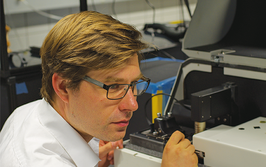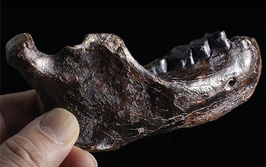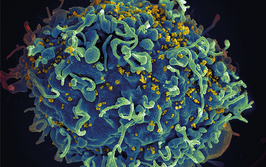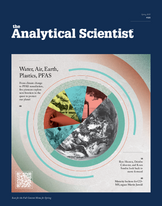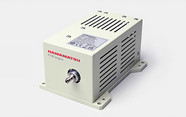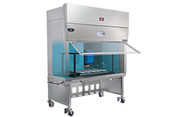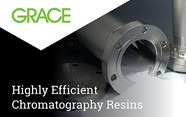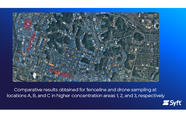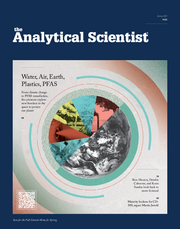Historical Analysis
Before instrumental LC and GC there was paper chromatography (and awesome it was too).
Historical Analysis
Supported by

Glass Chromatography
Submitted by Ian Wilson, Imperial College London, UK
Before instrumental LC and GC there was paper chromatography (and awesome it was too). This is the lid of a Shandon glass chromatography tank designed for running paper chromatograms. Through the glass knob on the top can be seen the inverted image of a Hewlett Packard 5710AGC, complete with its 7672A autosampler.
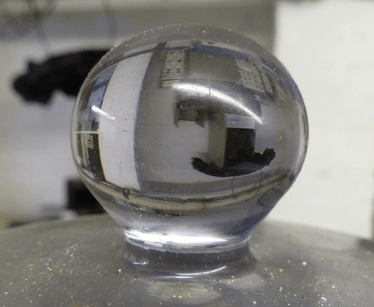
Photo credit: Mark Hillen
The Rest Home for Analytical Artifacts
By Ian Wilson, Imperial College London, UK
Some years ago, I noticed that the history of separation science was being unceremoniously dumped into the skip. My basement, otherwise known as the (tongue firmly in cheek) “National Museum of Separation Science in Knutsford,” became a refuge for a few survivors that are occasionally visited by the cognoscenti.
Warning: it is likely that there will be a strong correlation between the number of photos that look strangely familiar and your age...
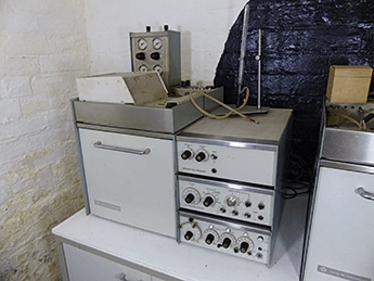
1. A Pye 104 gas chromatograph, which came on to the market in 1964 (UK price w/single FID and temperature programmed column: £590). It was very successful and could be found in university labs everywhere, being reliable and robust (or student proof and almost indestructible). It had an oven that could go up to an astonishing 500°C, which was well beyond the capabilities of the GC stationary phases of the day but made it ideal for warming up pies (many students thought that it was indeed the Pie 104…) This one was collected from the University of Keele.
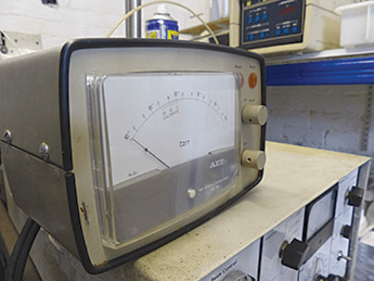
2. A vacuum meter on the AEI MS10 mass spectrometer. The part of AEIthat made mass spectrometers became Kratos, which was then taken over by Shimadzu.
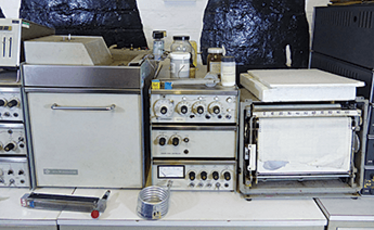
3. Another Pye 104, this time equipped with a thermal conductivity detector (TCD). The GC is decorated with the sort of clutter that was common on any flat surface in a GC lab, such as bottles of stationary phase, and situated next to a rather fine Pye chart recorder. Just visible to the right of the chart recorder are the blue boxes of the next generation: Pye 204 (can you guess what the 204’s successor was called?)
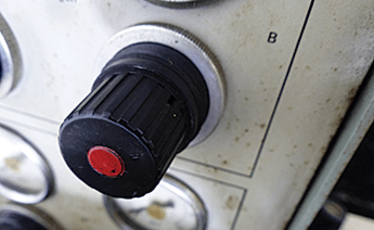
4. A gas flow controller for Pye 104, this was for one of the hydrogen supply lines to the dual FIDs on this instrument, hence the red spot in the middle.
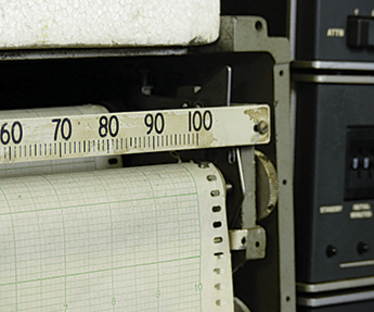
5. Detail of the chart recorder from image 4.
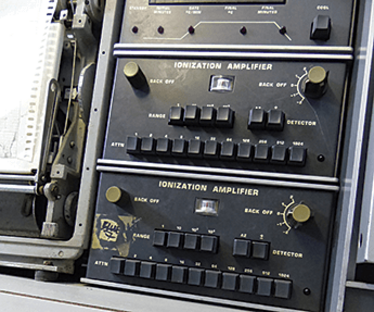
6. Control boxes for the Pye 204 have moved from the dials and switches of the 104 to push buttons, proving how technologically advanced it is.
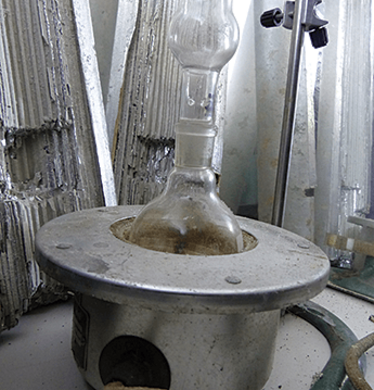
7. Believe it or not, this is part of an early gas chromatograph, manufactured entirely in glass by the imaginatively named “Gas Chromatography Limited” on the Brompton Road, London. Apparently, they had a demo lab in a cellar that backed onto the local underground rail line, so had to time demos carefully otherwise the vibrations ruined the chromatograms being recorded on the chart recorder. This round bottomed flask (and glass tube sprouting from it) is the GC “oven”.
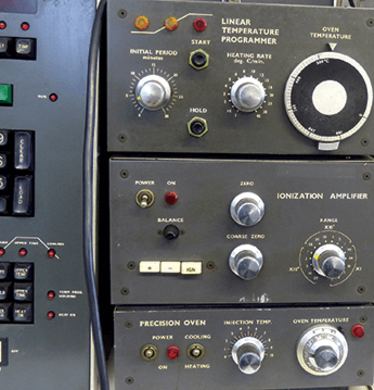
8. A Perkin Elmer F11 GC (sandwiched between a Pye 304 (congratulations on your answer to caption 4!) and a Perkin Elmer F17. The F11 has a remarkably small footprint for a GC, with the only disadvantage being that the column oven is at the rear, which made column changes tricky. Also, even though its column oven could operate at up to 500°C (like the Pye 104) this layout, and the small size of the oven itself, made it a lot less useful for heating up lunch.
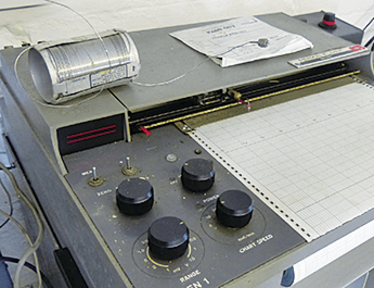
9. A genuine Perkin Elmer twin pen chart recorder.
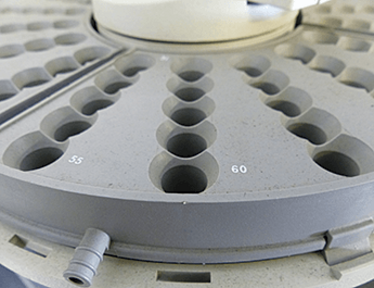
10. The autosampler tray of the mighty Hewlett Packard (Agilent) 5890 gas chromatograph – a classic of its age. “Not so much a GC, more of a religious experience! The most reliable GC I have ever used. I have had some going virtually non-stop for nearly 20 years [...] The 7673 autosampler was/is still also amazingly reliable” – from ‘Chromatography – is it just a box?’
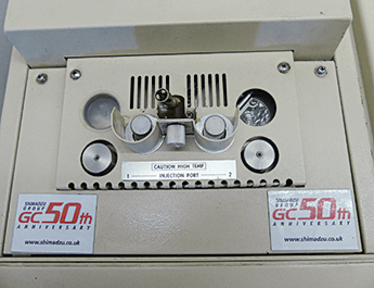
11. The injection port and FID assembly of a Shimadzu GC-9A with stickers celebrating the company’s 50th anniversary in the UK.
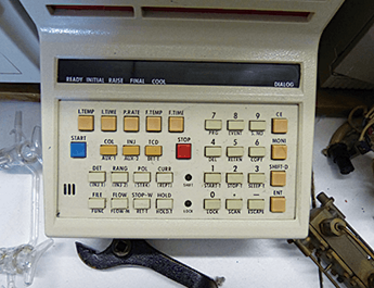
12. Control panel of the GC-9A
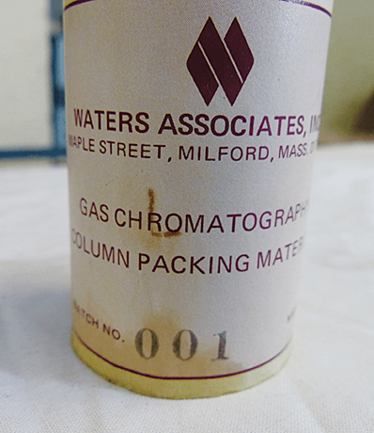
13. Batch 001! Many people don’t remember that Waters also used to sell packingmaterials for GC. The container still hassome of Porapack type P stationary phase in it (100-120 mesh).
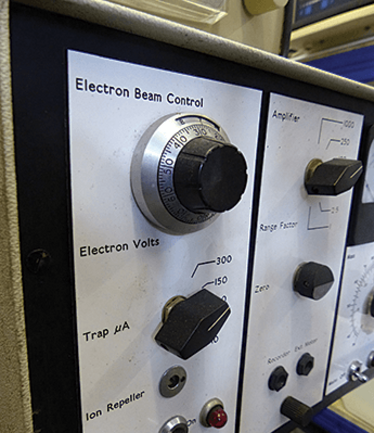
14. Controls for the AEI MS 10.
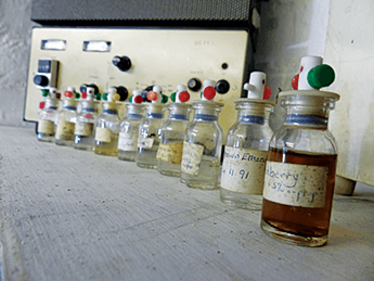
15. A range of sample bottles sealed with Vici Mininert valves. The smelly volatile contents date back to 1990/91 and include oil of almond, peppermint and blackberry (as well as the ubuiquitous “unknowns” ). A portable GC is visible in the background of unknown manufacture. It’s a “GC 11” – I would love to know more about it (please comment online with any information).
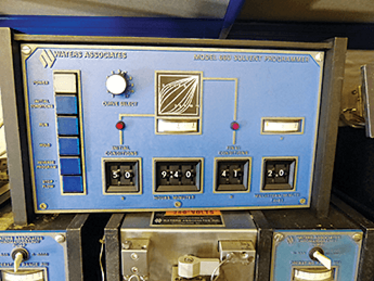
16. The gradient controller of a Waters system, comprising two M6000A pumps, with the10 preset gradient programs available shownin the little black panel in the middle of the controller.
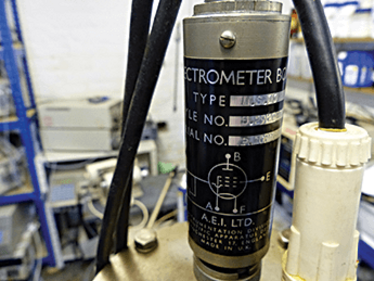
17. The business end of the AEI MS 10 mass spectrometer, where the volts come from to accelerate the ions.
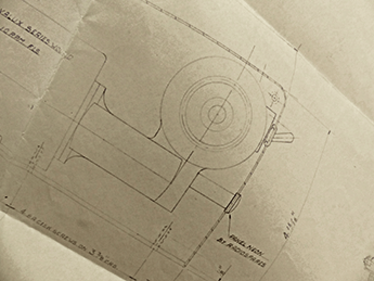
18. A small section from an ICI Pharmaceuticals Division blueprint (now sadly yellowed with age) dating back toApril 1970 for a device to automatically spot samples onto a TLC plate.
Click the links below for more Art of Analysis:
